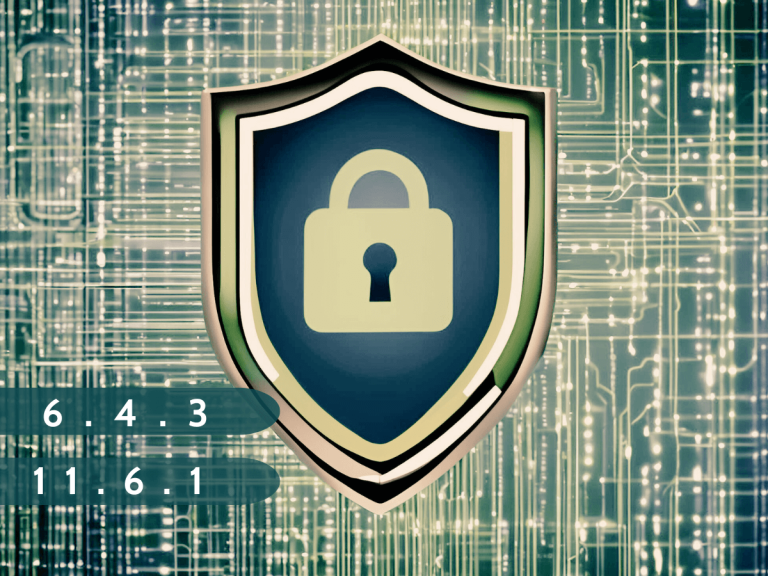AI Accelerated Exploit Development, Shrinking Time to Patch, and the Rise of Continuous Penetration Testing

AI Accelerated Exploit Development, Shrinking Time to Patch, and the Rise of Continuous Penetration Testing
AI is reshaping offensive security tactics in real time. Exploit development that once required deep expertise and manual effort can now be assisted or even generated by AI models with minimal input. As a result, the gap between vulnerability disclosure and active exploitation is shrinking faster than traditional vulnerability management cycles can keep up.
This shift demands a new strategy. Continuous penetration testing and predictive threat simulation are becoming essential to validate defenses before attackers do.
AI Is Compressing the Exploitation Timeline
The traditional assumption that organizations have weeks or months before a vulnerability becomes weaponized is no longer realistic. AI is being used to produce working proof of concept exploits quickly, which increases the likelihood of exploitation before patch deployment even begins.
Attackers do not need to be experts. They only need access to automated generation tools and a basic technical baseline. That reality changes how defenders must prioritize risk. Patch speed alone is not enough. Validation speed must keep pace.
Continuous Penetration Testing Moves Defense Forward
Many organizations still rely on scheduled penetration tests as a compliance checkbox. That model assumes a stable environment and a predictable threat landscape. AI driven exploitation has removed that predictability.
Continuous penetration testing replaces static validation with recurring, automated attack emulation. Instead of waiting for a report once or twice a year, security teams can observe in near real time whether current controls detect or block newly emerging techniques.
This approach turns penetration testing into an operational function rather than a periodic audit. It also generates measurable remediation timelines tied directly to exploitable risk rather than generic vulnerability lists.
Predictive Threat Simulation Prioritizes What Matters Most
Not every vulnerability carries the same level of risk. Predictive threat simulation uses attacker behavior models to identify which techniques are most likely to be used against your specific environment. By aligning simulations with known adversarial tactics rather than treating all findings equally, defenders can focus effort where impact would be highest.
This also ensures that continuous testing is not just automated but intelligent. Testing should reflect what attackers would actually attempt, not just what automated scanners can detect.
AI as Both a Threat Accelerator and a Defensive Asset
AI does not belong to one side of the security equation. It amplifies capability wherever it is applied. Offensively, it enables attackers to produce functional exploit chains with less manual input and at a higher volume. Defensively, it can assist with exploit reproduction in controlled environments, help rank vulnerabilities by potential exploitability, and support faster remediation validation.
The value comes from controlled use. AI assisted validation must operate under defined guardrails with full logging and human oversight. Used correctly, it becomes a force multiplier for internal red teams and security engineering teams.
A Practical Path to Continuous Validation
Organizations can adopt continuous penetration testing and predictive simulation without disrupting existing workflows by starting with a structured approach:
- Identify high value assets and map them to realistic attacker techniques rather than compliance categories.
- Introduce continuous testing focused on detection and response validation rather than solely on vulnerability enumeration.
- Feed validated findings directly into remediation queues with clear target timelines for closure.
- Use controlled AI assisted exploit generation internally to validate patches on critical systems in advance of production deployment.
- Track metrics that reflect actual risk reduction, such as the time between simulated exploit success and confirmed remediation.
Avoiding the Illusion of Coverage
The goal of continuous testing is accuracy, not volume. Poorly designed simulations can create a false sense of safety. Testing must be grounded in real threat intelligence and mapped to the behaviors that matter most to your industry and infrastructure.
It is better to continuously test ten high impact scenarios with fidelity than to run hundreds of generic checks that do not reflect actual attacker workflows.
Final Perspective
AI accelerated exploit development has reshaped the vulnerability lifecycle. Defenders are now operating in an environment where exploitation can occur before standard patch management procedures are even triggered. That reality leaves no room for long gaps between assessment and validation.
Adopting continuous penetration testing and predictive threat simulation closes that gap. It turns security validation into an always on discipline and gives organizations a way to verify their defenses with the same urgency that AI is bringing to offensive techniques.





